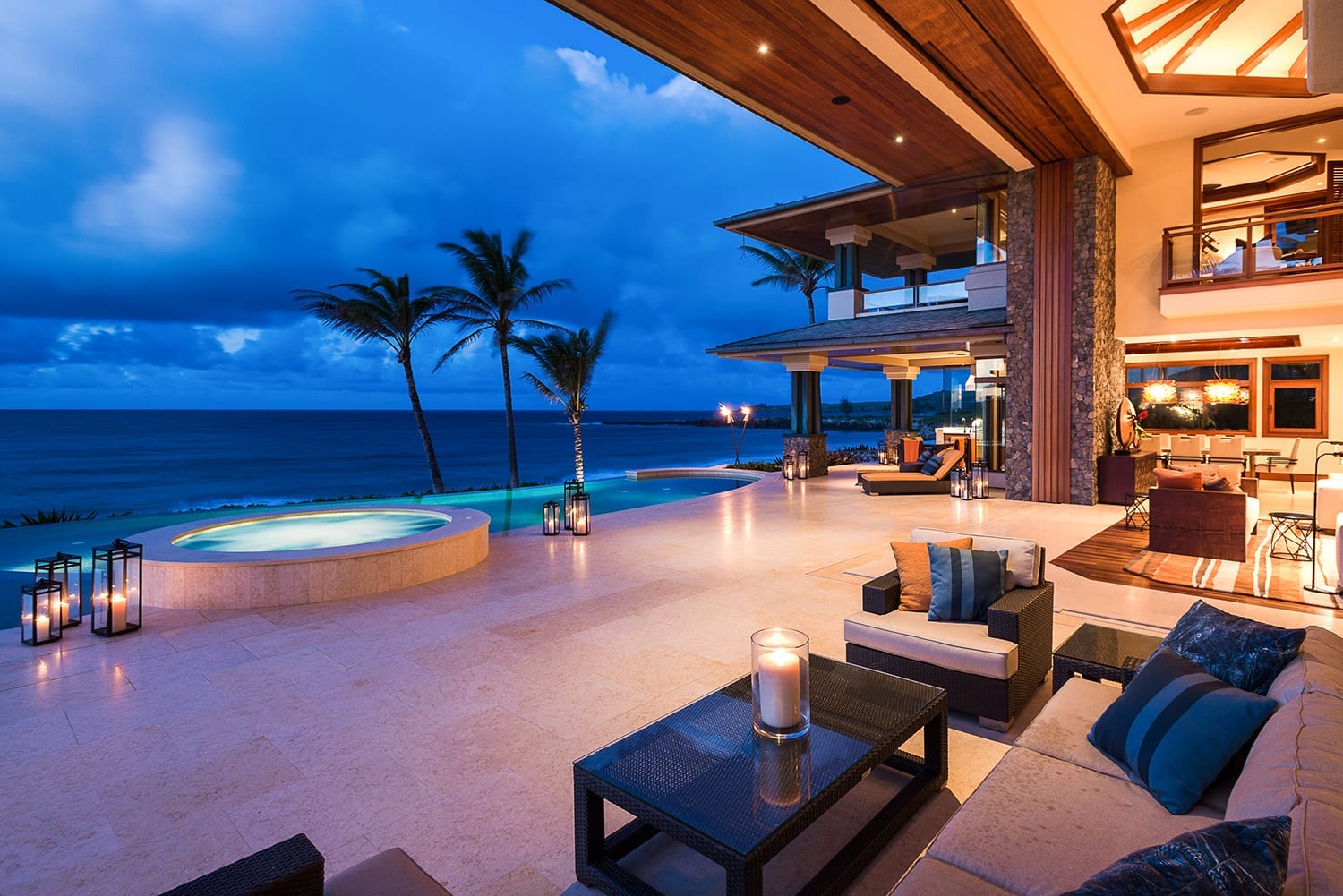
Cantilever Roof Design Modern Architectural Marvels

Introduction:
In the realm of modern architecture, the cantilever roof stands out as a true marvel of design and engineering. With its bold and innovative approach, the cantilever roof has redefined the possibilities of architectural expression, captivating both architects and admirers alike. Let’s delve into the world of cantilever roof design and explore why it has become synonymous with architectural excellence.
Unveiling the Concept:
At its core, a cantilever roof is a structural element that extends beyond its support, appearing to float in mid-air. This architectural feat is achieved through careful engineering and strategic design, allowing for dramatic overhangs and striking visual impact. Cantilever roofs are often associated with modern and contemporary architecture, where clean lines and bold forms reign supreme.
Pushing Architectural Boundaries:
One of the most defining aspects of cantilever roof design is its ability to push the boundaries of traditional architecture. By defying gravity and challenging conventional notions of support and stability, cantilever roofs create a sense of awe and wonderment. Architects are constantly exploring new ways to push the limits of cantilever design, resulting in ever more daring and innovative structures.
Form and Function:
While cantilever roofs certainly make a bold visual statement, they are not merely decorative elements. In fact, the design of a cantilever roof is as much about function as it is about form. By extending beyond the building’s footprint, cantilever roofs provide shade, shelter, and protection from the elements, all while maximizing usable space and enhancing indoor-outdoor connectivity.
Structural Ingenuity:
Achieving the cantilever effect requires a high level of structural ingenuity and engineering expertise. Architects must carefully calculate loads, stresses, and deflections to ensure the stability and safety of the structure. Advanced materials such as steel, reinforced concrete, and laminated timber are often employed to achieve the necessary strength and durability, allowing for larger and more daring cantilever designs.
Design Considerations:
When designing a cantilever roof, architects must take into account a myriad of factors, including site conditions, climate, and aesthetic preferences. The orientation of the building, prevailing winds, and solar exposure all play a role in determining the size, shape, and orientation of the cantilevered elements. Additionally, careful attention must be paid to the selection of materials, finishes, and detailing to achieve the desired aesthetic and performance goals.
Visual Impact:
One of the most striking aspects of cantilever roof design is its visual impact. Whether soaring dramatically over a poolside terrace or delicately cantilevering over a cliffside retreat, these architectural marvels never fail to captivate the imagination. Cantilever roofs can add a sense of drama, sophistication, and luxury to any structure, elevating it from mere building to iconic landmark.
Integration with Nature:
Cantilever roofs have a unique ability to integrate seamlessly with their natural surroundings, blurring the lines between indoor and outdoor spaces. By extending beyond the building’s footprint, cantilever roofs create shaded outdoor areas, covered walkways, and expansive viewing platforms that invite occupants to connect with nature and enjoy panoramic vistas.
Sustainable Solutions:
In addition to their aesthetic and functional




